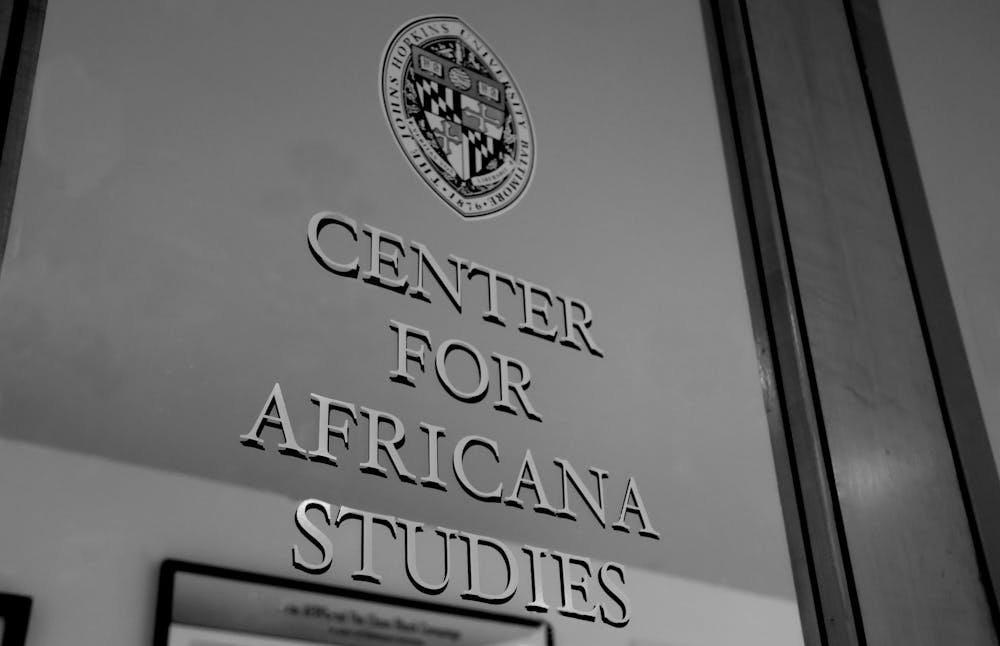Diversity, equity and inclusion (DEI) efforts are an essential component of university campuses, championed as a way to increase diversity, foster community and engender inclusivity. However, DEI has recently become a subject of attack by politicians.
In early February of this year, Florida Gov. Ron DeSantis announced his intention to dismantle DEI initiatives statewide. He seems to be using the Manhattan Institute’s recently released model legislation which details ways to “reform” public universities: abolishing DEI bureaucracies, removing mandatory diversity training, curtailing political coercion and ending identity-based preferences.
Many conservative lawmakers and political activists view DEI as a thinly-veiled way of promoting “reverse bias.” Though Hopkins is not a public university, DeSantis’ staunch commitment to the demolition of DEI programs serves as an important reminder that diversity and inclusivity is not guaranteed, and there is more work to be done to create opportunities for diversity within academia.
The lack of representation in higher education is a widespread issue across the United States, and university faculties tend to be less diverse than their student bodies. In 2020, 13.1% of the student body at four-year, postsecondary institutions was Black, while only 7% of faculty was Black. 20.3% of postsecondary students were Hispanic, compared to 6% of faculty members. In comparison, white faculty members are actually overrepresented — while only 55% of students at these institutions were white, 70% of faculty was white.
The U.S. has made significant strides in increasing the number of undergraduates of color. However, faculty diversity is not increasing at the same pace as student diversity; between 1997 and 2017, the percent of nonwhite students increased by 17% while the percentage of nonwhite faculty increased by only 10%.
Research shows that institutions tend to rely on traditional hiring methods that draw from white, male networks when selecting faculty members. Meanwhile, people of color report experiencing racism in graduate programs, which can deter one from pursuing a career in academia.
The national issue of underrepresentation in academia can be found on our own campus. In 2019, only 6% of full-time professorial faculty was Black and only 4% was Hispanic. Although the number of underrepresented minority professors has been increasing since 2015, the change has not been large enough to have a substantial impact on the University’s staff composition.
In 2015, the University launched its Faculty Diversity Initiative (FDI) and put $25 million toward reconstructing its hiring practices and promoting a more diverse faculty. As a part of the FDI, the University established the Fannie Gaston-Johansson Faculty of Excellence Program (FGJFEP), an effort that has led to the hiring of 35 tenure track faculty since 2015. In November 2022, the University announced plans to make an additional 13 new faculty hires under the support of FGJFEP.
We value the University’s efforts to increase faculty diversity, and we’re not the only ones who see this as a priority: in a 2022 survey of high school seniors, 31% said diversity in college faculty and staff was a must-have.
It’s not only important that college students feel represented by their professors but also by the courses their universities offer. With critical race theory and AP African American Studies under attack by Republican politicians, U.S. public school educators are facing a “minefield” as they attempt to teach about subjects like slavery and segregation.
If students aren’t adequately learning about these issues in K–12, higher education institutions have a responsibility to their students and society to make sure they offer plenty of courses on the subjects. Private institutions like Hopkins have a unique opportunity to set the standard because they have more freedom over their curricula.
Hopkins can do more to ensure representation in course offerings, beginning with making the Center for Africana Studies an academic department. Students have been calling for an Africana Studies department since the 1990s. As it currently stands, the program struggles to provide students with resources and events due to its limited budget. Though the University suggested developing the Center into a department last academic year, there haven’t been any public updates about the matter.
Increasing representation among college faculty may take time due to the low numbers of underrepresented minority doctoral students. Yet, by making Africana Studies its own department, we can at least increase representation in the courses and material available to Hopkins students.
The issue of representation in higher education is a long-standing, systemic issue, and we don’t have a quick solution to offer. However, just because a lack of representation is part of the University’s past and present does not mean we have to accept it as part of our future. It’s important to be cognizant of the disparities that persist in higher education and do all we can to remedy them. Gains have been made, but we can’t become complacent. Students prioritize diversity and representation — universities should, too.





